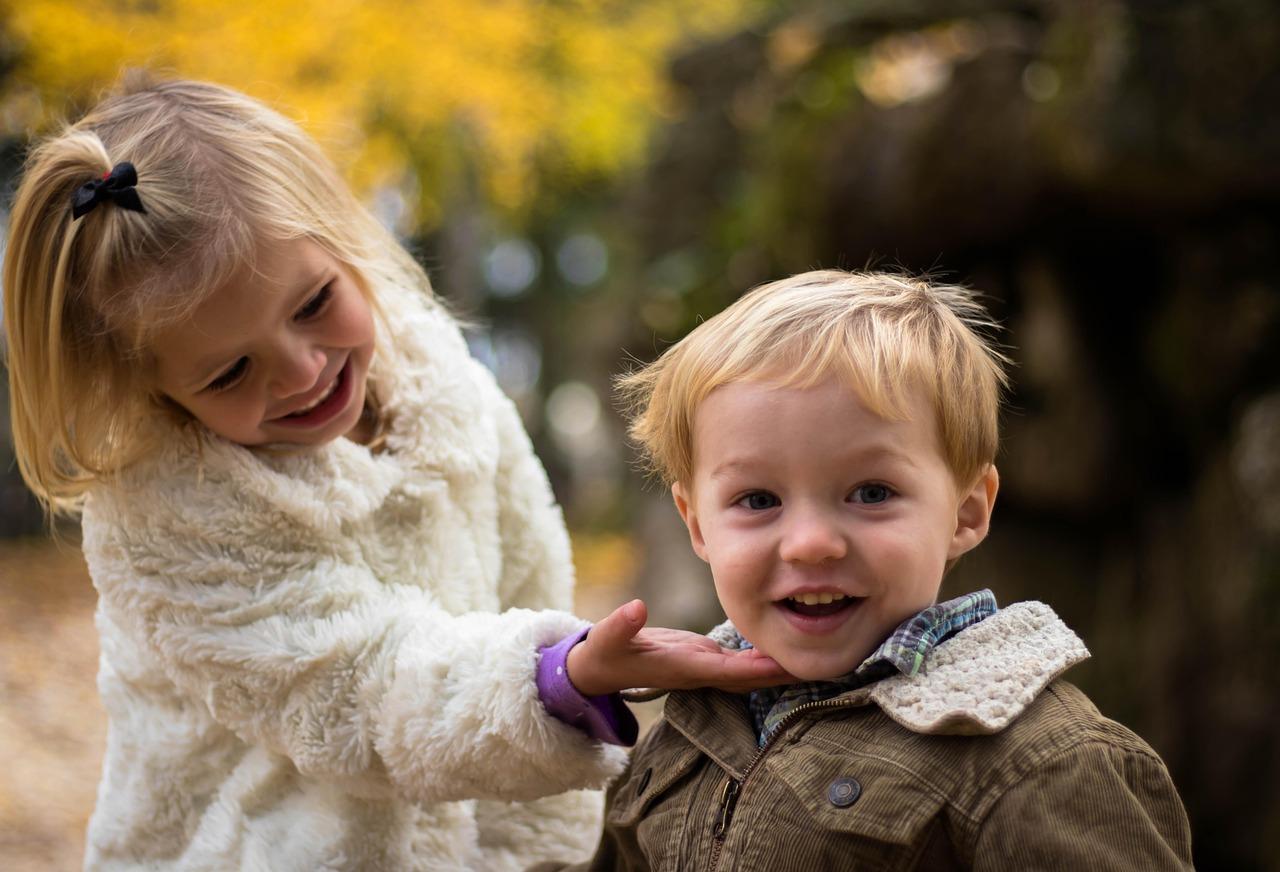
Instilling kindness and gratitude in your children is essential for their overall growth. These two virtues not only shape them into caring individuals but also improve their emotional and social development. Teaching kids kindness and gratitude from an early age helps them build strong relationships, gain self-esteem, and develop empathy toward others. Understanding and practicing these values will set them up for a lifetime of meaningful connections and a positive outlook on life.
Why Kindness and Gratitude Matter
Kids who are taught to be kind tend to form better relationships with others, while expressing appreciation can improve their overall sense of happiness and well-being. Research has shown that children who regularly practice thankfulness tend to be more optimistic, have improved mental health, and perform better academically.
By nurturing kindness and gratitude, you give your children the tools to be thoughtful, emotionally intelligent individuals. These virtues will shape both how they interact with others and how they perceive the world. The earlier you instill these values, the more natural they will become as they grow older.
4 Practical Ways to Teach Kindness
Model Kind Behavior
Children are highly observant and often mimic the behavior they see. They learn by watching adults, which is why it’s important to consistently model kind actions.

Whether it’s helping a neighbor carry groceries, giving a compliment, or simply holding the door open, the way you act every day speaks volumes. By demonstrating thoughtful and considerate behavior in small ways, you show your child how these moments positively impact daily life.
Teach Through Thoughtful Purchases
Making thoughtful choices while shopping provides an opportunity to model kindness. Selecting products from brands that prioritize ethical practices, sustainability, and social good teaches your child that kindness goes beyond actions — it includes supporting others and making responsible decisions.
For example, dressing your toddler in cute, comfortable clothes from The Trendy Toddlers’ boutique boosts their confidence and helps them feel good about themselves. This shows that thoughtful decisions matter and that care extends to both people and the planet.
Encourage Acts of Kindness
Encourage your child to engage in positive actions, from simple gestures like saying “thank you” to more involved tasks such as helping a sibling or donating toys to charity. Prompt them to think about ways they can brighten someone else’s day.
You can set kindness challenges at home, such as aiming for a certain number of good deeds each week or keeping a journal to reflect on thoughtful actions. These intentional practices teach children that being kind is not just a one-time gesture but a daily habit they can develop and embrace.
Praise Kindness
Reinforcing kind behavior through praise is essential for nurturing this habit. When your child demonstrates considerate actions, acknowledge their efforts and explain the positive impact they had on someone else. Compliment them on their thoughtfulness and generosity.

For example, if your kid helps a friend get up or shares a snack, recognize these acts as important contributions to kindness. By celebrating these moments, you teach them the value of empathy and respect for others, which helps make these actions a natural part of their behavior.
Incorporating Gratitude into Daily Life
Gratitude is a value that can be seamlessly integrated into your child’s routine. Here are a few simple strategies to encourage it every day:
- Start a gratitude practice: Each evening, ask your child to share three things they are grateful for. This could be anything from a fun day at the park to a good meal or a kind gesture they received. This practice helps them focus on the positive aspects of their life and fosters a mindset of appreciation.
- Model gratefulness: Just as with kindness, your child will learn appreciation by observing you. Make sure to express thanks throughout your day, whether it’s thanking someone for holding the door or acknowledging the food on your plate.
- Encourage gratitude through giving: Whether it’s sharing toys, creating handmade gifts for friends or family, or donating to those in need, teaching your child that gratefulness involves giving back helps reinforce its importance.
By making gratitude a regular part of your child’s daily routine, you help them build a habit that not only boosts their happiness but also teaches them to appreciate the little things in life.
Final Thoughts
Teaching your children kindness and gratefulness isn’t about grand gestures; it’s about incorporating these values into daily life. Whether through small acts of thoughtfulness or regular expressions of appreciation, each action helps your little one become more compassionate and thankful. With consistent effort and patience, you can raise a child who appreciates what they have and understands the importance of spreading kindness to others.


















